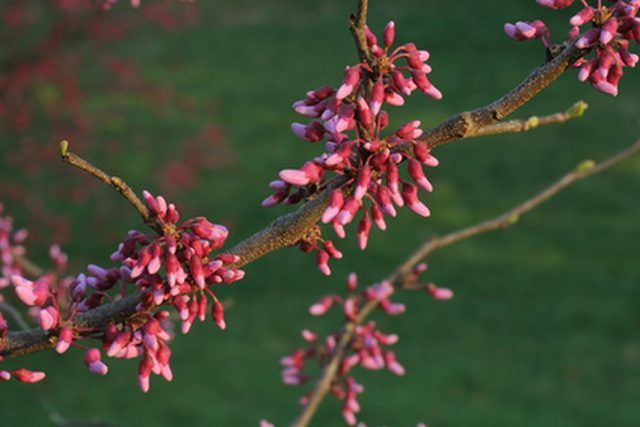Bulbs
Flower Basics
Flower Beds & Specialty Gardens
Flower Garden
Garden Furniture
Garden Gnomes
Garden Seeds
Garden Sheds
Garden Statues
Garden Tools & Supplies
Gardening Basics
Green & Organic
Groundcovers & Vines
Growing Annuals
Growing Basil
Growing Beans
Growing Berries
Growing Blueberries
Growing Cactus
Growing Corn
Growing Cotton
Growing Edibles
Growing Flowers
Growing Garlic
Growing Grapes
Growing Grass
Growing Herbs
Growing Jasmine
Growing Mint
Growing Mushrooms
Orchids
Growing Peanuts
Growing Perennials
Growing Plants
Growing Rosemary
Growing Roses
Growing Strawberries
Growing Sunflowers
Growing Thyme
Growing Tomatoes
Growing Tulips
Growing Vegetables
Herb Basics
Herb Garden
Indoor Growing
Landscaping Basics
Landscaping Patios
Landscaping Plants
Landscaping Shrubs
Landscaping Trees
Landscaping Walks & Pathways
Lawn Basics
Lawn Maintenance
Lawn Mowers
Lawn Ornaments
Lawn Planting
Lawn Tools
Outdoor Growing
Overall Landscape Planning
Pests, Weeds & Problems
Plant Basics
Rock Garden
Rose Garden
Shrubs
Soil
Specialty Gardens
Trees
Vegetable Garden
Yard Maintenance
Redbud Tree Information
Redbud Tree Information. The Eastern Redbud, or Cercis Canadensis, is a smallish tree that delights the eye each spring with tiny blossoms of pink, purple or white. Blooming before it's leaves emerge, the redbud provides effective color when many other plants have not yet broke their winter dormancy. After blossoming, heart shaped leaves appear,...

The Eastern Redbud, or Cercis Canadensis, is a smallish tree that delights the eye each spring with tiny blossoms of pink, purple or white. Blooming before it's leaves emerge, the redbud provides effective color when many other plants have not yet broke their winter dormancy. After blossoming, heart shaped leaves appear, lasting into fall when they turn yellow, orange or reddish purple.
Size
The redbud tree is a fast grower when young, and may reach 20 to 30 feet tall and 15 to 25 feet wide according to the University of Florida Department of Environmental Horticulture. However, this tree is also considered short lived and more commonly reaches only 15 feet by 15 feet before it begins to decline, as noted by Ohio State University. In spite of it's relatively short lifespan of 15 to 20 years in the urban landscape, it's diminutive stature makes it good for using as an ornamental tree.
Flowers and Foliage
The Eastern redbud tree will bloom with white, pink, or deep lavender flowers in spring. The flowers are tiny, delicate blossoms, and create a cloud-like effect when the tree is in bloom.
After flowering, the leaves of the Eastern redbud tree emerge. Leaves are somewhat heart shaped and may be green or purplish.
Varieties
There are several Eastern redbud varieties. According to Dayton Nursery, the species plant, Cercis Canadensis, has purple-pink flowers and green leaves that turn yellow in fall. The Lavender Twist redbud is a newer variety of redbud tree that has a weeping habit and grows only to about 10 feet tall. The Forest Pansy redbud has leaves that emerge in a deep reddish-purple hue which eventually changes to dark green. The Silver Cloud redbud has variegated green and white foliage. Ohio State University also points out that another variety, Cercis Canadensis Alba, is a variety of Eastern redbud that has white blossoms.
Habitat
The redbud tree is native to the Eastern and Midwestern regions of the United States, but will grow in most areas within USDA Hardiness Zones 4 through 9. In nature, the redbud can be found growing at the edge of forests. According to the University of Florida, this adaptable tree can also be found growing on stream banks and dry ridges and in sunny and partly shady spots.
Care
Ohio State University recommends planting the Eastern redbud tree in full sun or partial shade and moist, rich and well-drained soil. The University of Florida says that young redbud trees are fairly easy to transplant, but do best when planted in spring or fall.
Borers, scale and webworm can be insect pests. Canker, leaf spot and verticillium wilt are all diseases of redbud trees. Planting the tree in the most favorable conditions will help to ward off disease and pest injury.